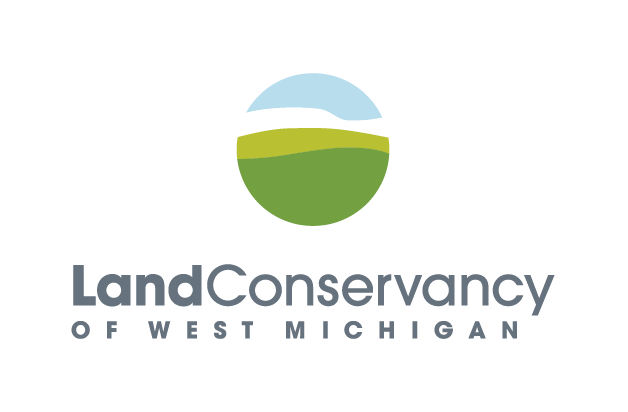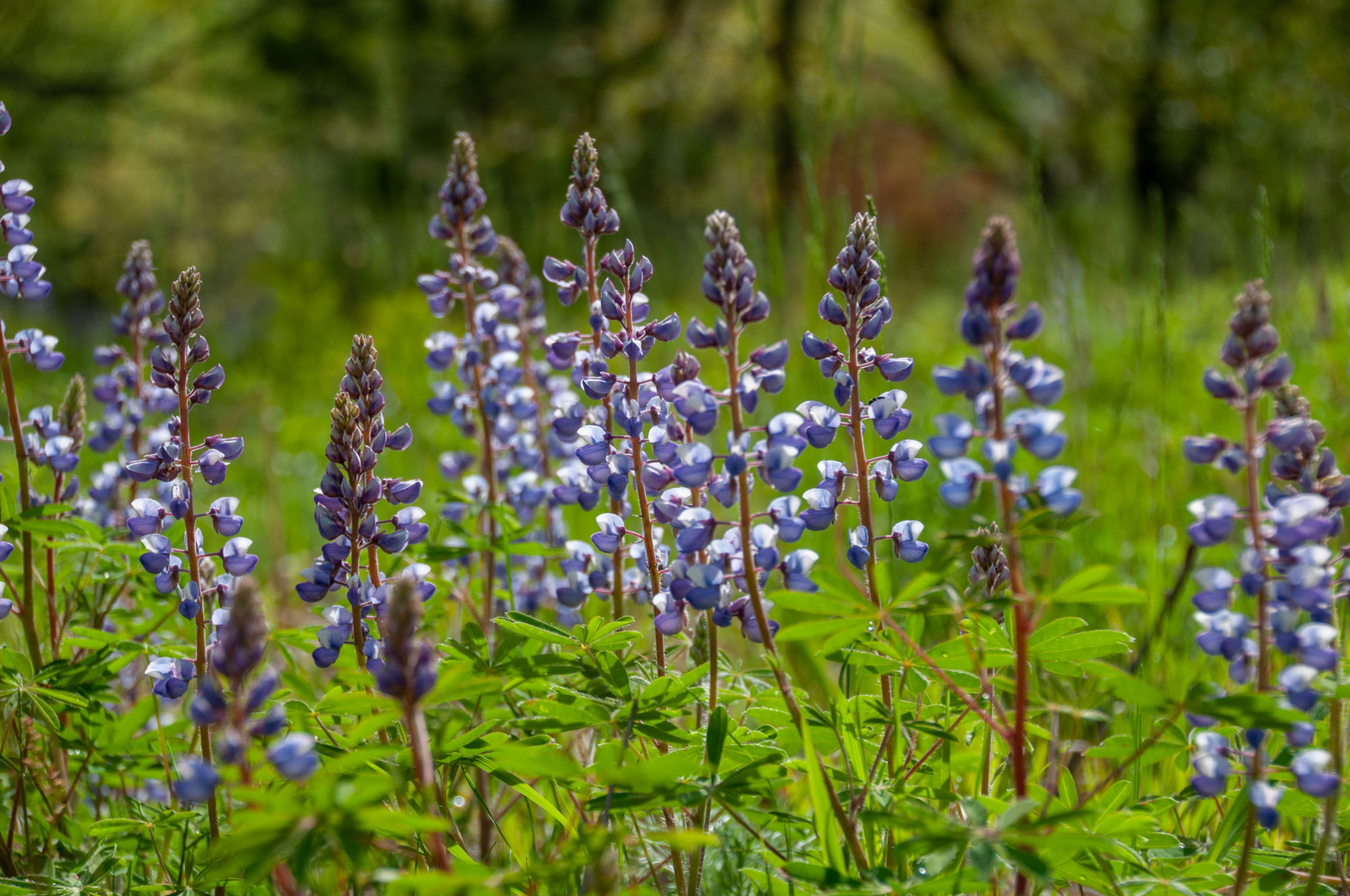
GVSU professor studies ways to support forest resilience at two LCWM nature preserves
Priscilla Nyamai is a Natural Resources Management professor at Grand Valley State University and a former LCWM board member. She writes about her experience conducting a long-term study to assess ways to restore biodiversity and support the resilience of oak forest systems at the B.D. White and Brower Lake Nature Preserves.
By Priscilla Nyamai
Climate change is impacting ecological systems, including forests, in a variety of ways—the majority of which are negative. Depending on the ecosystem type and management goals, resource managers can adopt a variety of management approaches to prepare for and address these impacts. Such approaches may include helping the ecosystem resist change, or helping the ecosystem adapt to change—a concept known as resilience. Promoting ecosystem resilience is usually more desirable, because the cumulative effects of climate change impacts are likely to eventually be too much for the system and it may collapse. Additionally, natural systems change and efforts to make them static have proved to fail time and again.

Priscilla sets up a pyrometer before a prescribed burn to measure fire temperature. Image courtesy Priscilla Nyamai
Ecosystem resilience is the ability of an ecosystem to go through a severe disturbance but still maintain or recover its structure and function. Key to promoting ecosystem resilience is encouraging biodiversity, ensuring that there exists a significant variety of species in the ecosystem. By having a high diversity of species in the ecosystem, you are helping the ecosystem by maximizing the adaptive abilities of those species, maximizing the different functions those species perform in the ecosystem (functional redundancy), as well as buffering the ecosystem from total loss of species during disturbances, since some are likely to survive.
Hope for resilience at two nature preserves
B.D. White Nature Preserve is a 45-acre natural area in Lowell, MI. The preserve supports a mix of forest and wetland communities as well as a small groundwater-fed tributary of the Grand River. Brower Lake Nature Preserve is a 63-acre natural area in Rockford, MI and consists of a mix of forest and wetland communities. Both preserves historically housed a mix of oak savanna and oak forest that were characterized by a diverse set of trees, grasses and wildflowers.
Due to many years of change to the natural fire cycles that maintained these forests, coupled with intensive land use activities including agriculture and clearcutting, these communities have changed significantly. Among the changes are increased tree density and a decreased abundance and diversity of grasses and wildflowers, which makes these systems less diverse, less healthy, and thus more susceptible to the impacts of climate change. Fortunately, there are small pockets with plant species that are typically found only in high quality oak savannas, suggesting that there are opportunities to restore some characteristics of natural oak savanna communities within these forests. These opportunities are a big part of the fuel behind my research in these preserves. My hope is that we can help restore some of the structural and compositional characteristics that would allow these systems to be more resilient over time.
Testing ways to restore biodiversity
My research at the two nature preserves focuses on restoring understory native species diversity. We do this by implementing prescribed fires and “girdling” some mature trees, then conducting experimental studies to examine how the ecosystem responds to these restoration treatments.
Low intensity surface fire helps the system in many ways, including reducing leaf litter on the ground surface to leave exposed mineral soils, releasing nutrients into the soil, and reducing competing vegetation including invasive plants. All these fire effects create conditions that facilitate better regeneration of a diversity of wildflowers and grasses, as well as a diversity of habitat conditions for wildlife and other organisms.
Girdling refers to cutting through the vascular tissue in the trunks of trees with the intention of killing them and letting them remain as standing dead trees, known as snags. This treatment reduces the cover of trees in the canopy to allow more light penetration into the understory, which the wildflowers and grasses need for germination and establishment. The snags also provide habitat for birds such as woodpeckers that are cavity nesters, a primary reason for not simply cutting the trees down. The treatments are implemented every two years, with data collected in the years in between.
We have established 60 experimental plots in each preserve that we use to collect data on variables including vegetation diversity, canopy characteristics, soil nutrients, ground surface conditions. The hope is that the restoration treatments will create conditions that allow understory plant species to regenerate and increase in both abundance and diversity, even as we continue to look for additional ways to enhance the resilience of these ecosystems.
I am grateful to the Land Conservancy of West Michigan for the opportunity to conduct these studies at the two nature preserves. Stewardship Director Justin Heslinga has been a critical partner in this and other research projects, providing much needed support from the initiation of the projects to implementation of the various restoration treatments. I hope that the findings of these studies will provide direct feedback and lessons that can inform management activities in these and other preserves.





